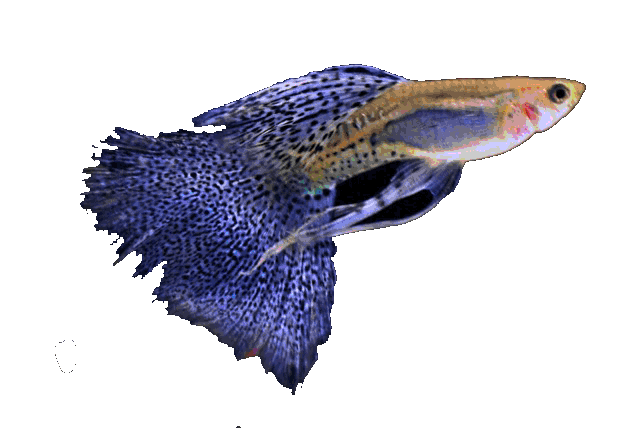



Basic data:
Scientific name: Phallichthys tico (Bussing, 1963)
Interpretation of words: Phallichthys (phallos = penis, ichthys = fish), (tico = according to the people living at the site of the find)
Group: Livebirds
Size: females 4 cm, males 2.5 cm
Biotope / Habitat: Found in heavily overgrown waters, wetlands, shallow slow-moving streams and muddy river banks.
Social behavior: Peaceful, fish flock
Diet: Omnivore (worms, insects, insect larvae, crustaceans, flakes, algae, dry food, detritus, diatoms, ...)
Cultivation: Easy
Aquarium: Minimum 10 liters per pair
Population: population per 50 liters of water
Decoration: Plants, stones, roots
Temperature: 20-28 ° C
pH: 7-7.5
Hardness: from 3 to 10 ° dGh
Lifespan: 3-5 years
Kingdom: Animalia / animals
Trunk: Chordata / string players
Class: Actinopterygii / arthropods
Order: Cyprinodontiformes / Toothpicks
Family: Poeciliidae / live-bearing toothed carp
Genus: Phallichthys
Species: Phallichthys tico (Bussing, 1963)


